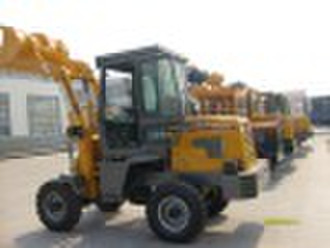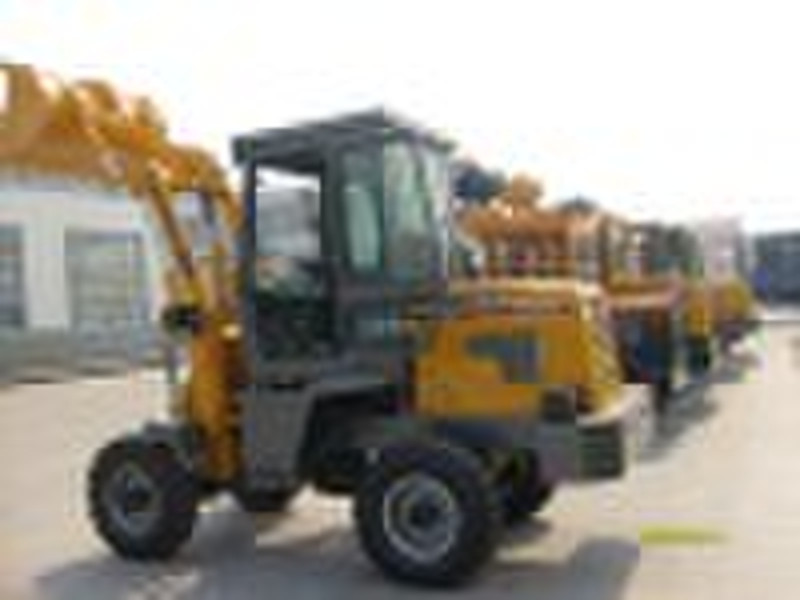Catalog
-
Catalog
- Agriculture
- Apparel
- Automobiles & Motorcycles
- Beauty & Personal Care
- Business Services
- Chemicals
- Construction & Real Estate
- Consumer Electronics
- Electrical Equipment & Supplies
- Electronic Components & Supplies
- Energy
- Environment
- Excess Inventory
- Fashion Accessories
- Food & Beverage
- Furniture
- Gifts & Crafts
- Hardware
- Health & Medical
- Home & Garden
- Home Appliances
- Lights & Lighting
- Luggage, Bags & Cases
- Machinery, Hardware & Tools
- Measurement & Analysis Instruments
- Mechanical Parts & Fabrication Services
- Minerals & Metallurgy
- Office & School Supplies
- Packaging & Printing
- Rubber & Plastics
- Security & Protection
- Service Equipment
- Shoes & Accessories
- Sports & Entertainment
- Telecommunications
- Textiles & Leather Products
- Timepieces, Jewelry, Eyewear
- Tools
- Toys & Hobbies
- Transportation
Filters
Search
Samll Loader ZL12D
original price: 4 000 USD
China
Production capacity:
1500 Piece / Month

weihua zhao
Contact person
Basic Information
Small loader factory Rated Loading weight1200kgRated Bucket Capacity0.55m3Whole weight2780kgHighest walking speed24km/hEngine Power32HPEngine ModelCT2100Engine type2 cylinders diesel engineCHANGONGDump cleanrance2700mmMin.turning radius4200mmOverall dimension4260 ×1580×2500mmDrive type4WDTransmissiongear boxShipment3units shipped in 1x40HC Wheel loaderis a variation on tractors that are designed for more laborious work. The biggest difference between wheel loaders and tractors can be seen in their steering systems. Most wheel loaders’ steering systems use a hydraulically actuated pivot point, which allows the front and rear of the wheel loaders to bear more weight than automotive steering systems. Wheel loaders have a square bucket, called the loader, which is maneuvered by flexible arms. The loader is either a permanent fixture or an attachment secured to either the front or back of the machine. Some wheel loaders, such as a , have a bucket in the front and a backhoe in the rear. This kind of machine is able to dig with the backhoe and remove the unearthed material with the loader. Wheel loaders have the ability to perform four general tasks; scooping, digging, dumping and carrying. They are commonly used for carrying construction materials like bricks, pipes and rock. Wheel loaders are also efficient for snow removal in commercial areas. also employ various types of wheel loaders for many reasons, including scooping and transporting and excavating the land. Mini wheel loaders can be used inside buildings. Wheel loaders have an advantage over track loaders, because wheel loaders are easier on paved roads and other sensitive environments. Track loaders are more suited to tasks that involve digging, because wheel loaders are unable to dig much below the tires without getting stuck. When a task involves transport or shallow excavation, wheel loaders are less destructive and therefore more efficient in the long term. wheel loader factory
Delivery terms and packaging
Packaging Detail: bulk Delivery Detail: 10 days
Port: QINGDAO
Payment term
MoneyGram
Western Union
-
Payment Methods
We accept:









